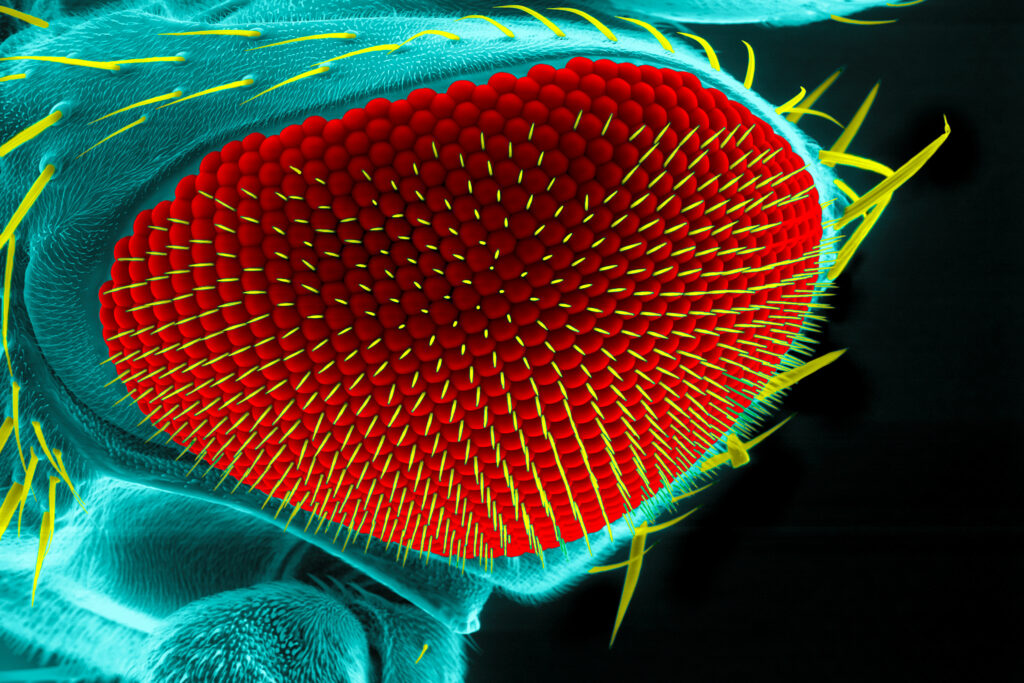Cells, commonly considered the smallest unit of life, provide structure and function for all living things (3).

Because cells contain the fundamental molecules of life, in some situations such as yeast, a single cell can be considered the complete organism. In other situations, for more complex multicellular organisms, a multitude of cells can mature and acquire different, specialized functions (3).
Cells developing specificity are undergoing differentiation, a process where a cell’s genes are either turned “on” or “off” resultant in a more specific cell type. As these differentiated cells start to exhibit their identity, they organize themselves into the tissues, organs, and organ systems integral to the functioning of a multicellular, developing organism. This process in which order and form is created within a developing organism is referred to as morphogenesis (5).
Continue reading “Cell Tracking Using HaloTag: Why are Scientists Chasing Cells?”